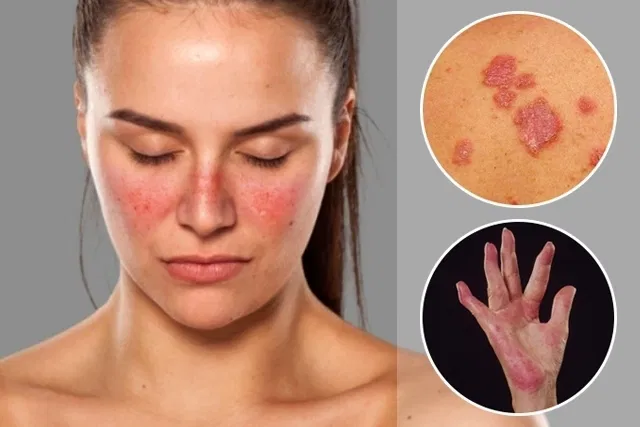Eczema, also known as dermatitis, is a common skin condition that leads to dry, itchy, and bumpy patches of skin. It weakens the skin’s barrier function, which normally helps retain moisture and protects the body from external elements. Here are some key points about eczema:
- Types of Eczema:
- Atopic Dermatitis: The most common type, often associated with allergies, hay fever, and asthma.
- Contact Dermatitis: Triggered by contact with irritants or allergens.
- Dyshidrotic Eczema: Characterized by small blisters on the hands and feet.
- Neurodermatitis: Causes thick, leathery patches of skin due to repeated scratching.
- Nummular Eczema: Presents as coin-shaped patches.
- Seborrheic Dermatitis: Affects areas rich in oil glands, such as the scalp.
- Stasis Dermatitis: Linked to poor circulation in the legs.
- Who Does Eczema Affect?:
- Eczema can occur at any age, but symptoms usually appear during childhood and persist into adulthood.
- Risk factors include a family history of dermatitis, allergies, hay fever, or asthma.
- Prevalence:
- Eczema affects more than 31 million Americans.
- Infants are prone to eczema, but nearly half of them outgrow the condition or experience significant improvement as they get older.
- Symptoms:
- Dry, itchy skin.
- Skin rash.
- Bumps.
- Thick, leathery patches.
- Swelling.
- Appearance of Eczema Rash:
- Rash appearance varies based on skin tone:
- Dark skin: Purple, brown, or gray.
- Light skin: Pink, red, or purple.
- Rash appearance varies based on skin tone:
- Common Areas Affected:
- Hands, neck, elbows, ankles, knees, feet, face (especially cheeks), and in and around ears.
- Less commonly, eczema can occur on nipples.
Remember that while there are treatments to manage symptoms, there is no cure for eczema.



